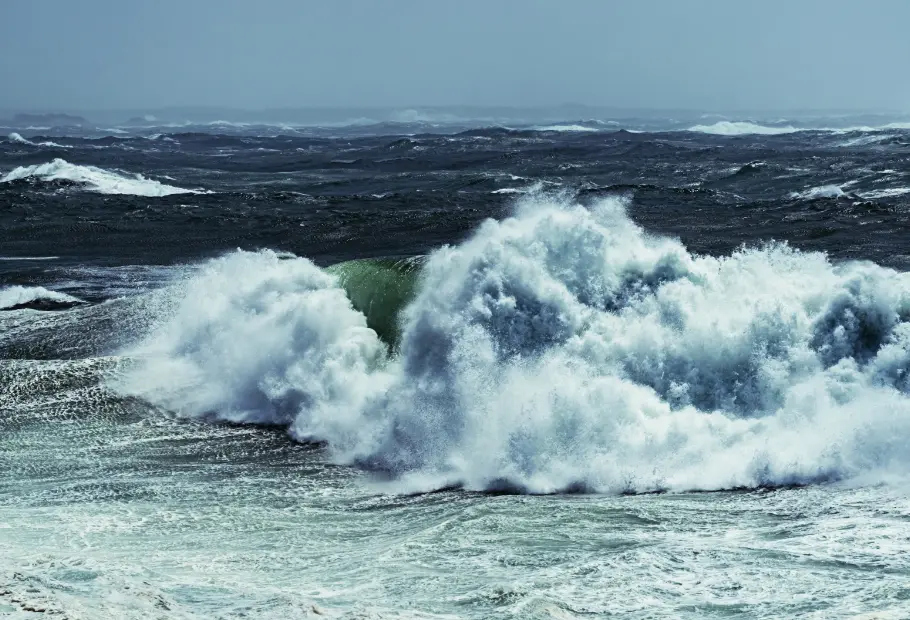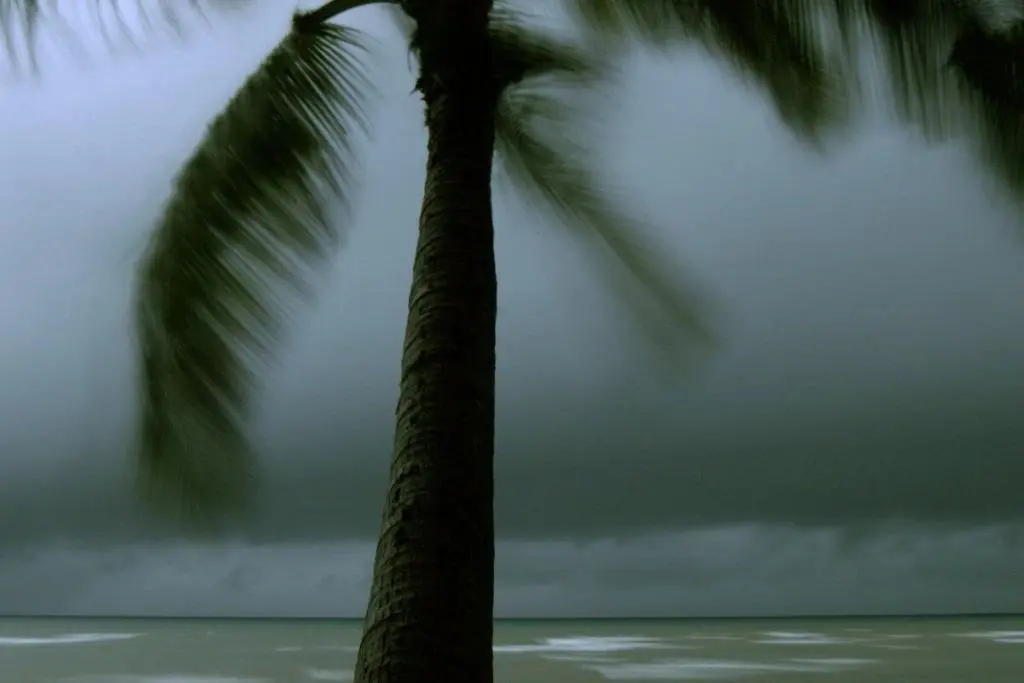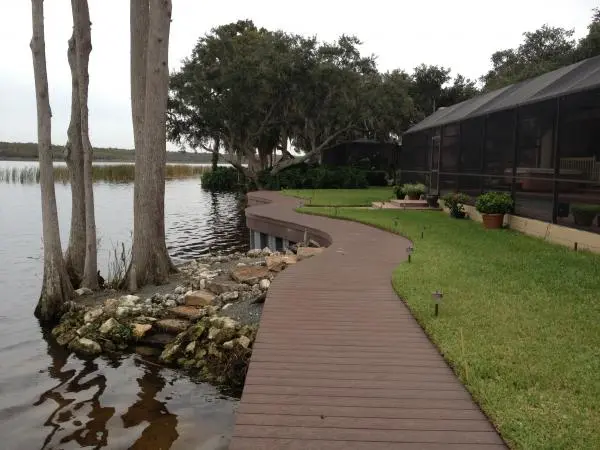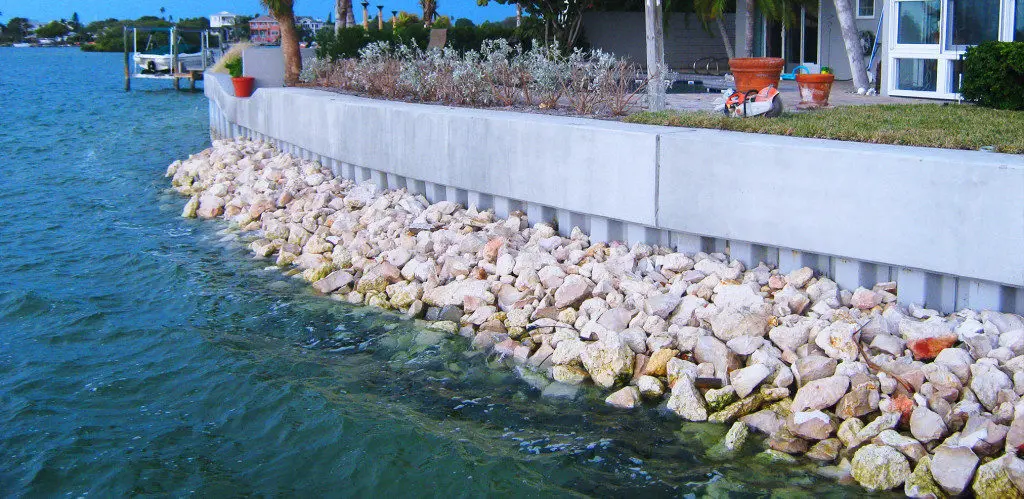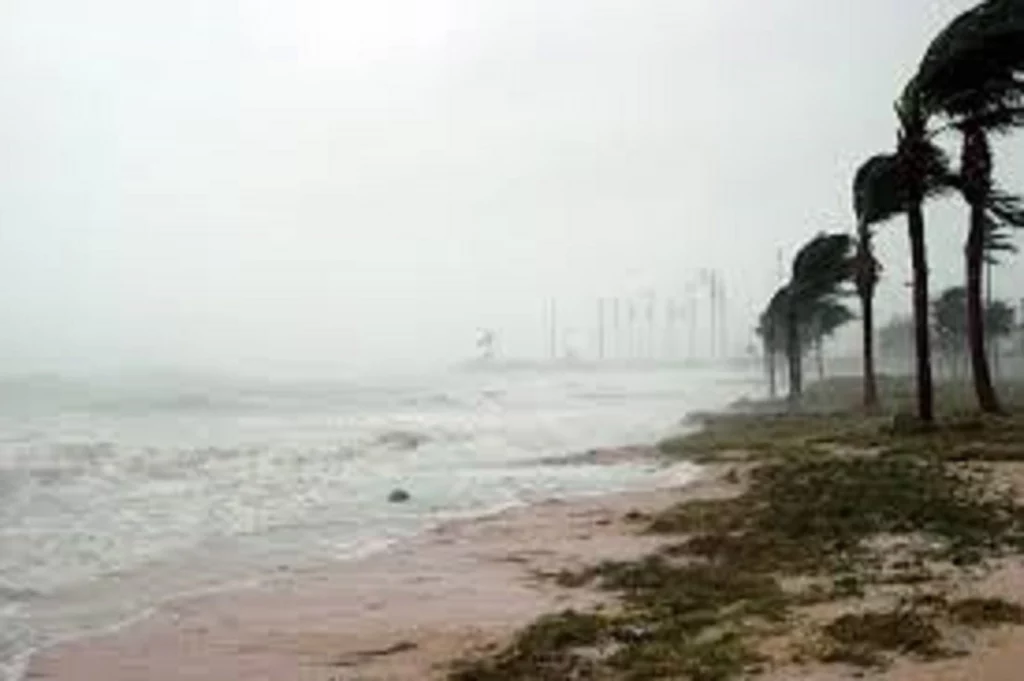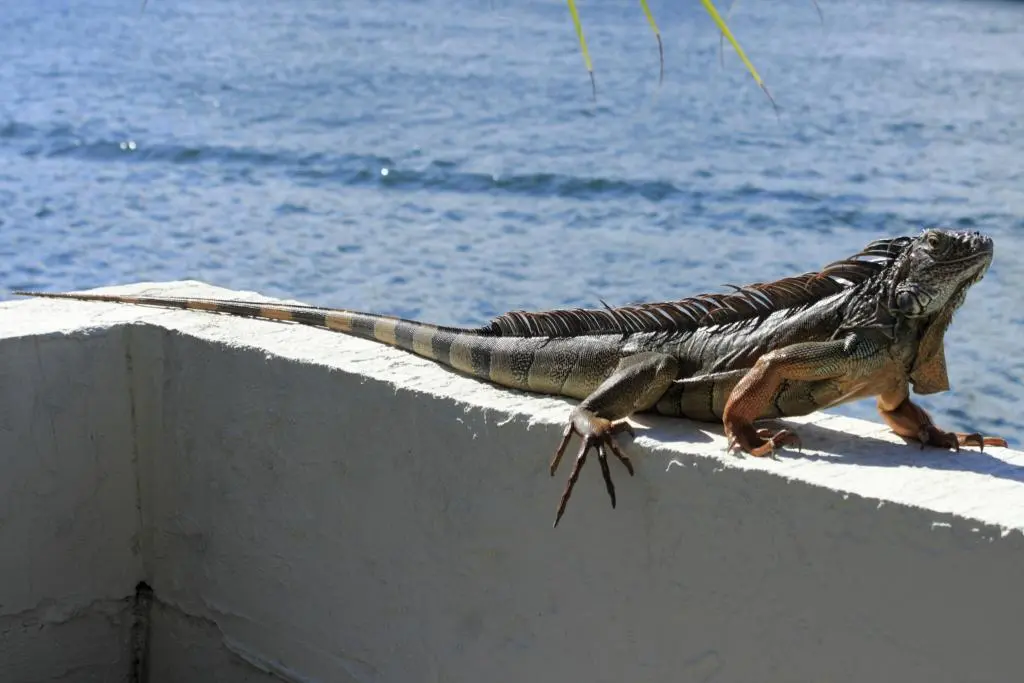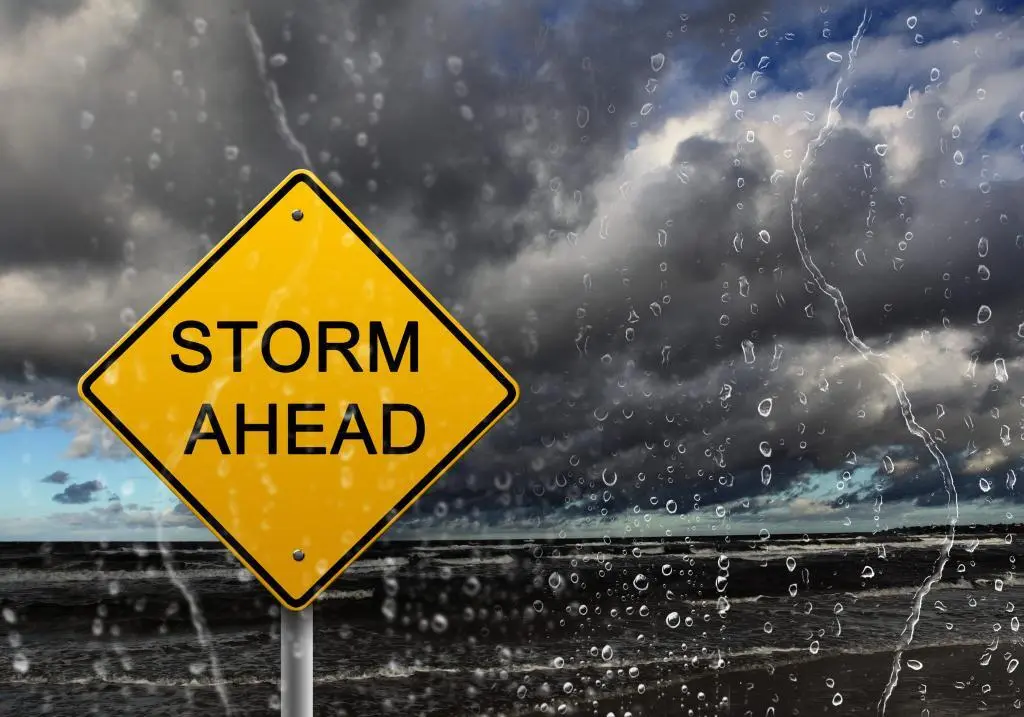Is Your Seawall Ready for Hurricane Season?
Most of the time, living on the Florida waterfront is a dream delivering amazing weather, beautiful views, and enviable access to the water just outside your door. But it can also leave you vulnerable to some of mother nature’s fury, often arriving in the form of a hurricane. Since we don’t know what this hurricane […]
Is Your Seawall Ready for Hurricane Season? Read More »

